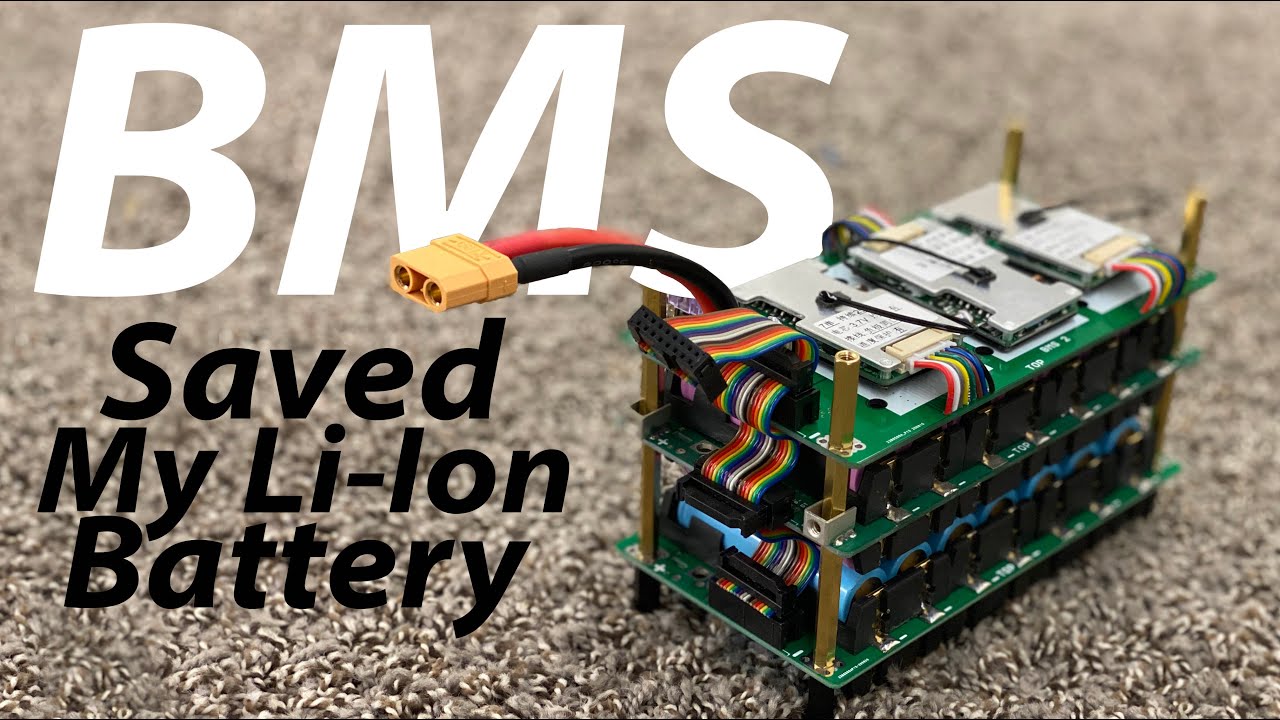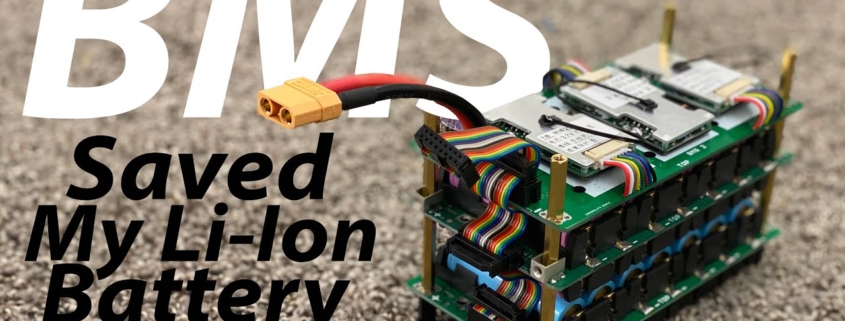What is BMS in Lithium Batteries? Your Safety Guide
Picture this: You’re cruising down the highway in your sleek electric vehicle, phone charged to 100%, solar-powered home battery humming quietly in the background. What invisible guardian keeps these lithium batteries from overheating, overcharging, or failing catastrophically? That unsung hero is the Battery Management System (BMS)—the mission-critical brain protecting every modern lithium-ion power source.
In this post, as a professional lithium battery pack manufacturer, I will discuss deeply about the importance of BMS in lithium batteries.

What is BMS in Lithium Batteries?
What is BMS in lithium batteries? Simply put, it’s an electronic control unit that monitors, manages, and safeguards lithium battery packs. Without it, your gadgets, EVs, and energy storage systems would be ticking time bombs. Lithium batteries pack immense energy density—but they’re notoriously finicky. Overcharge them by 0.5V? Risk thermal runaway. Let cells discharge unevenly? Watch capacity plummet. Expose them to sub-zero temps? Say hello to permanent damage.
Why Lithium Batteries Demand a BMS: Beyond the Hype
1. Safety First: Preventing Disaster
Lithium batteries contain volatile electrolytes. A single misstep—overvoltage, extreme temperatures, or physical damage—can trigger catastrophic failure. In 2025, BMS tech will prevent an estimated 92% of potential lithium battery fires by:
- Cutting off current during short circuits (reaction time: <1ms).
- Halting charging if temperatures exceed 60°C (140°F).
- Isolating damaged cells to contain thermal runaway—a chain reaction where one cell’s failure ignites others.
2. Maximizing Lifespan: The Longevity Secret
Ever noticed phone batteries dying faster after a year? Cell imbalance is often the culprit. A BMS prevents this via passive or active balancing, redistributing charge so no cell works harder than others. Result: 30–50% longer pack life.
3. Performance Optimization: Power When You Need It
Your EV’s acceleration relies on instantaneous current delivery. A BMS ensures peak voltage stability during high-demand scenarios while preventing overcurrent meltdowns.
How a BMS Works: The Brain’s Blueprint
Core Functions Broken Down
Monitoring: The Vigilant Watchdog
A BMS tracks critical parameters 200x per second:
- Cell Voltage (precision: ±0.5mV)
- Pack Temperature (via thermistors)
- Current Flow (charging/discharging)
- State of Charge (SoC)—your “fuel gauge”
- State of Health (SoH)—predicting remaining lifespan
Protection: The Emergency Brake
When thresholds breach, the BMS acts:
- Overvoltage Protection: Stops charging at 4.2V/cell.
- Undervoltage Lockout: Prevents discharge below 2.5V/cell.
- Overcurrent Shutdown: Kills circuits during surges.
- Thermal Management: Engages cooling or heating systems.
Cell Balancing: The Peacekeeper
Passive Balancing: Bleeds excess energy from high-charge cells as heat (simple, cheap).
Active Balancing: Transfers energy between cells (efficient, complex). Tesla’s 2025 models use active balancing to reclaim 15% “lost” capacity.
Communication & Diagnostics: The Translator
Modern BMS units “talk” via CAN bus, Bluetooth, or IoT protocols. They log fault codes, cycle counts, and performance trends—crucial for predictive maintenance.
Inside the BMS: Hardware Meets Intelligence
| Component | Role | Real-World Impact |
|---|---|---|
| Microcontroller | Executes algorithms, makes decisions | Runs SOC calculations 500x/sec |
| Analog Front-End (AFE) | Measures cell voltages | ±0.05% accuracy prevents imbalance |
| MOSFET Switches | Connects/disconnects load/charger | Responds in microseconds during faults |
| Current Sensor | Tracks inflow/outflow (Hall effect) | Prevents inverter overload in EVs |
| Isolation ICs | Protects low-voltage circuits | Mandatory for 800V EV architectures |
Why BMS Tech is Non-Negotiable in 2025
- Exploding EV Market: By 2025, 70% of new cars will be electric. BMS units ensure 1M+ charge cycles without degradation.
- Grid Storage Boom: Solar farms need BMS to manage 10,000+ cells. A single weak cell can cripple a 10MWh system.
- Consumer Electronics: Your wireless earbuds? Their tiny BMS prevents swelling and fires during overnight charging.
Future Trends: Where BMS is Headed
- AI-Driven Predictive Failures: Machine learning analyzes voltage dips to flag dying cells months in advance.
- Wireless BMS (wBMS): Eliminates failure-prone wiring harnesses—adopted by GM’s Ultium batteries.
- Second-Life Optimization: BMS logs help reuse EV batteries in grid storage post-vehicle life.
What is BMS in lithium batteries? It’s the guardian angel of modern energy—transforming volatile chemistry into safe, reliable power. From your smartphone to megawatt-scale solar farms, this unsung hero works silently in the background, balancing cells, blocking disasters, and stretching battery life to its limits. Ignore it, and you flirt with fire. Master it, and you unlock the future of energy resilience.








